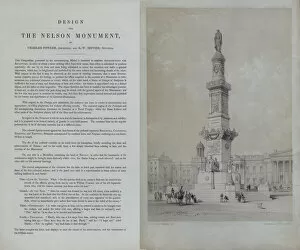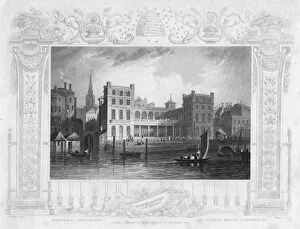Charles Fowler Collection
Charles Fowler: Visionary Architect of 19th-Century London's Iconic Structures Charles Fowler (1799-1874) was a prolific English architect
All Professionally Made to Order for Quick Shipping
Charles Fowler: Visionary Architect of 19th-Century London's Iconic Structures Charles Fowler (1799-1874) was a prolific English architect, renowned for his innovative designs that shaped the urban landscape of 19th-century London. His groundbreaking work includes the Syon Park Conservatory, the first large-scale metal and glass structure of its kind, which graced the gardens of Syon Park in London, England. Fowler's architectural prowess extended beyond gardens, as evidenced by his designs for significant public structures. One such project was the New London Fever Hospital, a vital institution during the cholera epidemics that plagued the city. Moreover, Fowler collaborated with sculptor R.W. Sievier on the design for the Nelson Monument, an impressive tribute to Admiral Horatio Nelson, located at Trafalgar Square. Additionally, Fowler left his mark on London's markets, including the Hungerford Market in Westminster, as depicted in various engravings from the 1830s. His designs for the New Hungerford Market and Covent Garden Market significantly influenced the market's architectural character, showcasing his commitment to functionality and aesthetics. Fowler's architectural legacy in London is vast and enduring, leaving a lasting impact on the city's skyline and urban fabric. His innovative use of materials and design sensibilities continue to inspire architects and enthusiasts alike.








